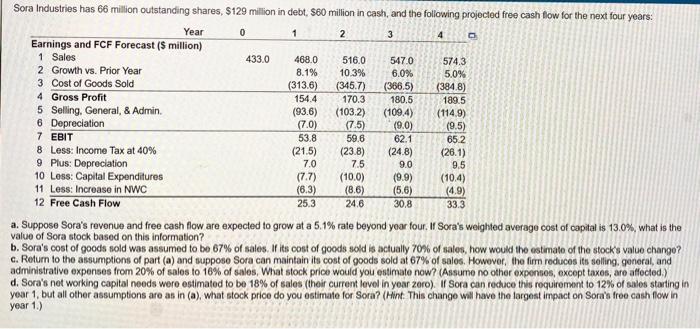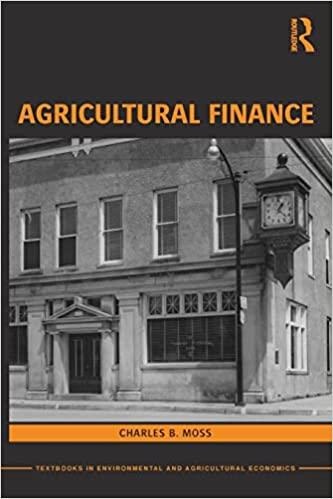Answered step by step
Verified Expert Solution
Question
1 Approved Answer
180.5 Sora Industries has 66 million outstanding shares, 5129 million in debt, S60 million in cash, and the following projected free cash flow for the

Step by Step Solution
There are 3 Steps involved in it
Step: 1

Get Instant Access to Expert-Tailored Solutions
See step-by-step solutions with expert insights and AI powered tools for academic success
Step: 2

Step: 3

Ace Your Homework with AI
Get the answers you need in no time with our AI-driven, step-by-step assistance
Get Started


